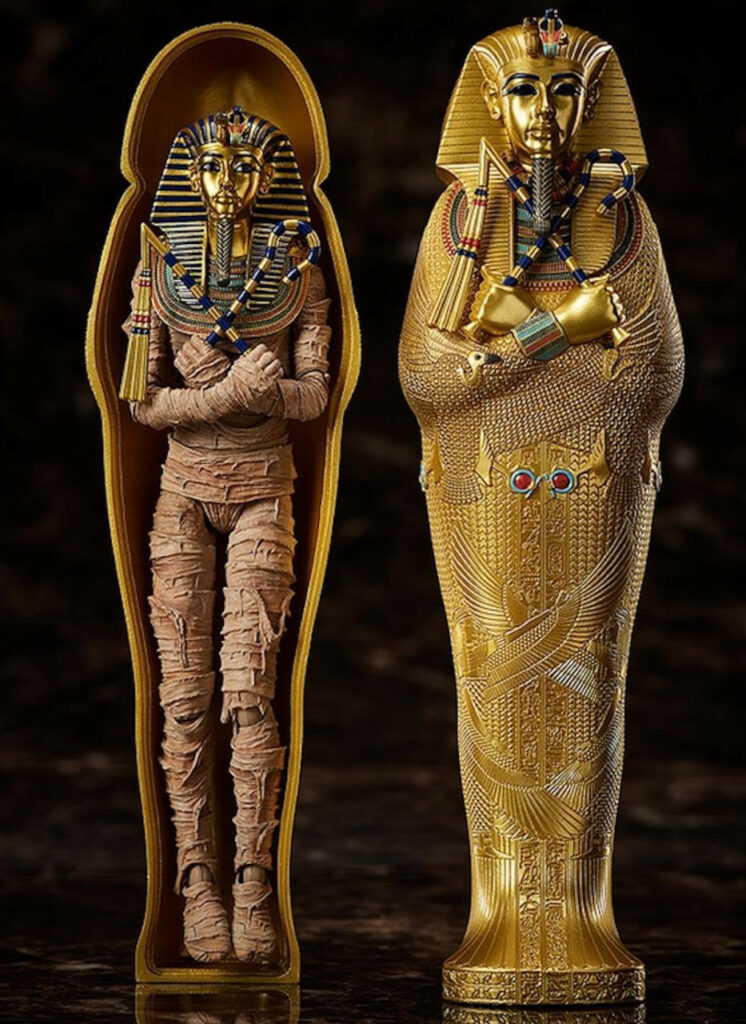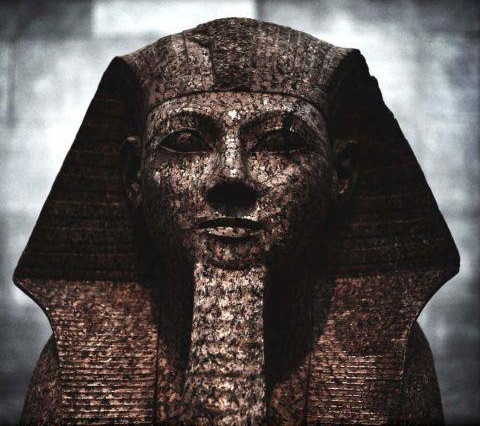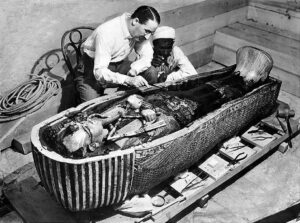The discovery of Tutankhamun’s tomb by Howard Carter in 1922 was a landmark moment in archaeology. After years of searching, a treasure trove of unparalleled richness lay buried for millennia, whispering tales of a forgotten pharaoh. But alongside the gold and glory came whispers of something far more sinister – the Curse of the Pharaohs.

Fueling the Flames
Fueling the flames was Lord Carnarvon, the tomb’s financial backer, who died just a few months after the discovery. The press, hungry for a sensational story, seized upon this misfortune. They painted a picture of an ancient curse unleashed, striking down those who dared disturb the pharaoh’s slumber.

Sensational Headlines
Newspapers splashed headlines like “Death Stalks Tomb of Tut-Ankh-Amen” and “Curse of Pharaoh Kills Lord Carnarvon.” A wave of paranoia swept through the archaeological community. Every death, even tangentially linked to the excavation, was attributed to the curse.
The Truth Unveiled
However, a closer look reveals a different story. Carnarvon, as it turned out, suffered from a pre-existing medical condition that made him highly susceptible to infections. The tomb itself likely harbored dangerous molds and bacteria, dormant for centuries. These microscopic menaces, unleashed by the explorers, could easily explain the illnesses and deaths that followed.

Persistent Legends
Yet, the legend of the curse persisted. It offered a thrilling narrative, a supernatural explanation for the unsettling events. The truth, a web of scientific reasoning and happenstance, seemed far less captivating.
A Genuine Mystery
But beneath the sensationalized curse lies a genuine mystery. Why were warnings inscribed near the tomb entrance, etched in hieroglyphs that spoke of “death coming in swift strides to any who disturb the king’s sleep?” Were these mere pronouncements to deter grave robbers, or whispers of something more?
Reverence for the Afterlife
Perhaps the answer lies not in vengeful spirits, but in a deep understanding of the ancient Egyptians’ reverence for the afterlife. Their meticulous mummification practices and elaborate tombs were testaments to their belief in a journey beyond this life. Disturbing such a sacred space, even unintentionally, could be seen as a transgression, an act that disrupted the pharaoh’s eternal peace.

The Power of Belief
The Curse of the Pharaohs, then, may not be a literal curse, but a chilling reminder of the power of belief and the reverence with which ancient cultures treated their dead. The truth behind Tutankhamun’s tomb may lie not in vengeful spirits, but in the secrets it holds about the pharaoh’s life, his death, and the intricate web of beliefs that surrounded him in the afterlife.
